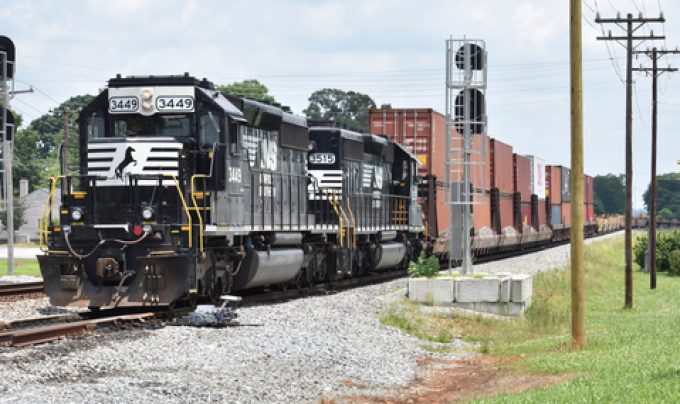US transport chief slams rail carriers for retaliation against critics
The chair of the US Surface Transportation Board (STB) has lambasted the Class I rail ...

The heat is piling up on Class I rail companies after yet another Norfolk Southern (NS) train derailed in Ohio, barely a month after the catastrophic derailment of a 150-car NS train in the state.
That incident saw 38 rail cars come ...


Comment on this article